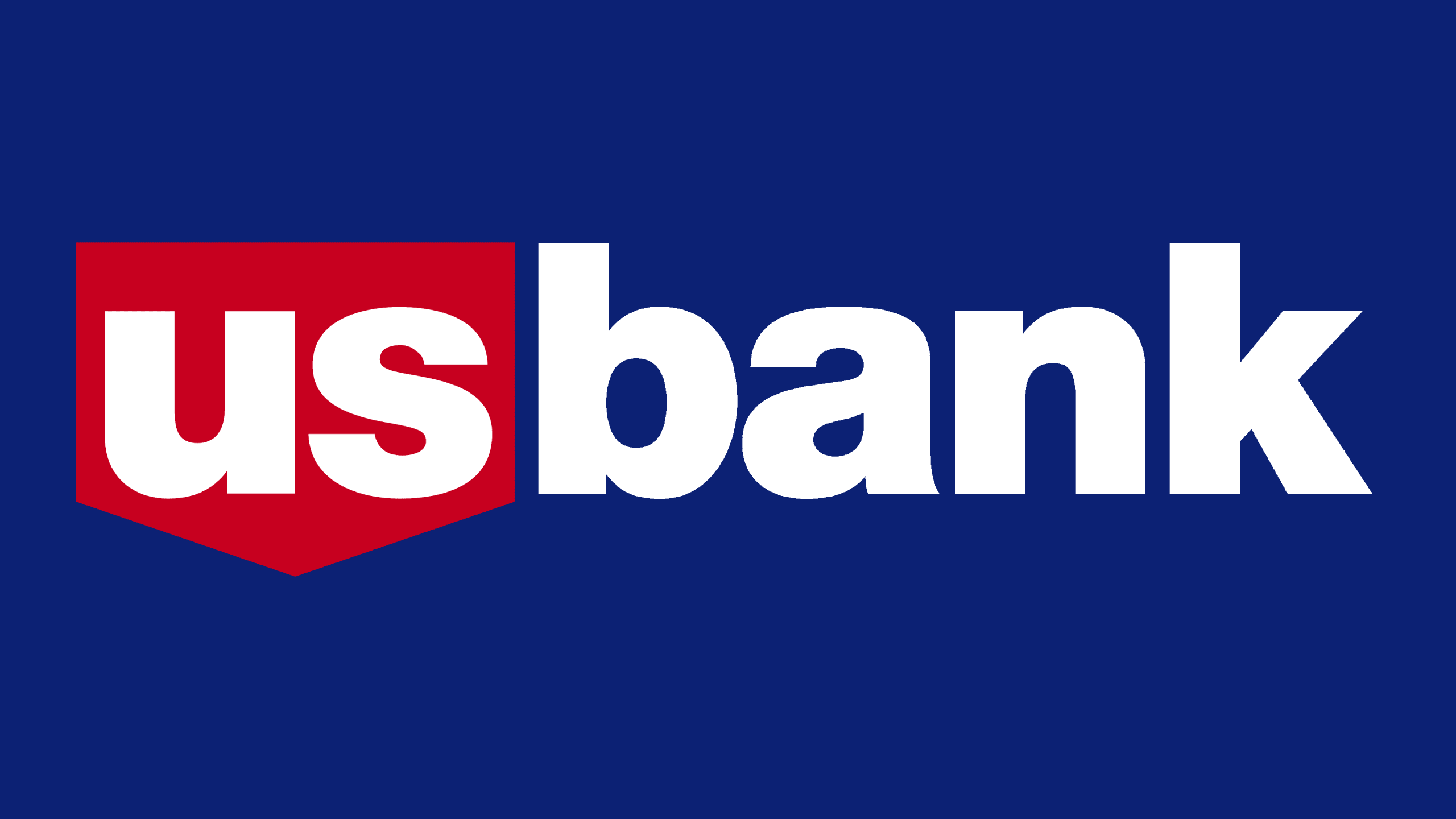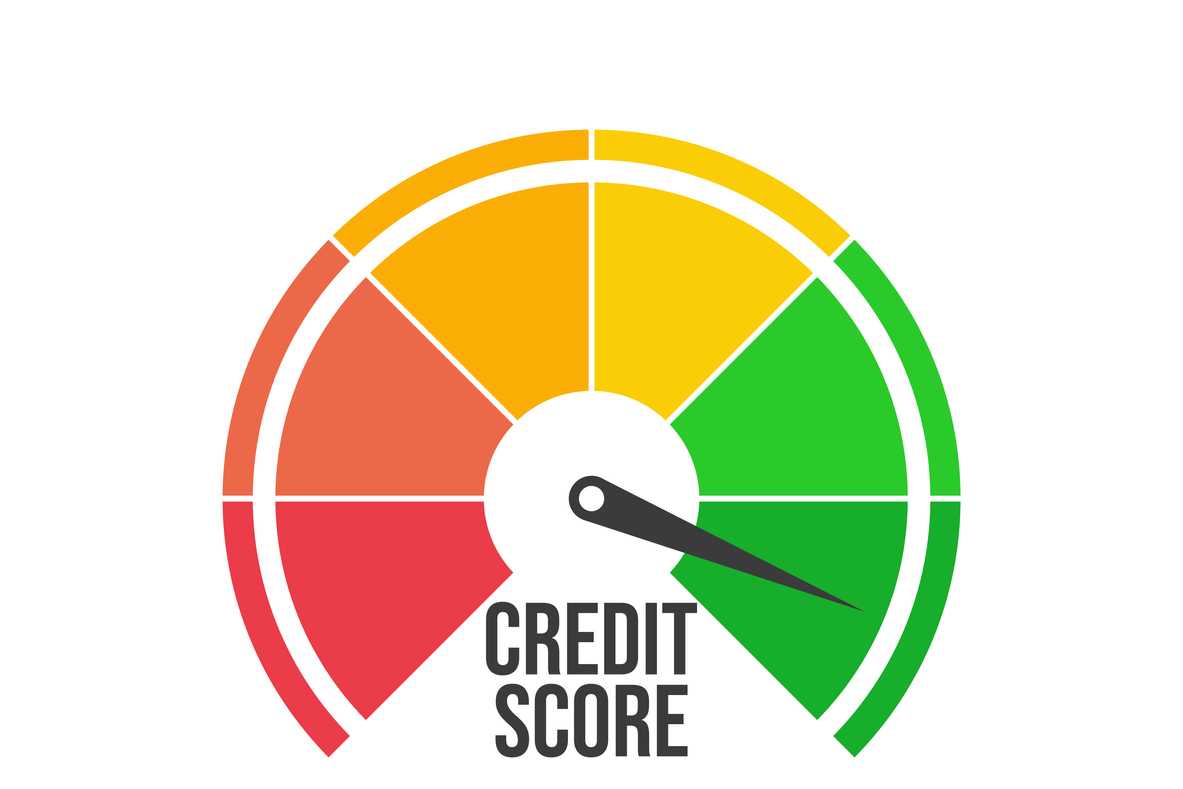When it comes to financing higher education in the United States, student loans are often a necessary resource for many individuals. These financial aids can make the dream of obtaining a degree a reality. However, understanding the different options available, interest rates attached, and strategies to effectively manage repayment can be overwhelming.
Anúncios
In this post, we will break down the essential details about education loans, providing you with the knowledge you need to make informed decisions. Student loans come with varying terms, interest rates, and conditions which are crucial to comprehend fully. Let’s dive into the specifics to equip you with the necessary insights for navigating the education loan landscape.
Understanding your financing choices

When looking for education financing, it is essential to understand the various alternatives available. Federal student loans and private educational loans are the two primary categories. Federal loans, offered by the government, typically provide lower interest rates, flexible repayment plans, and benefits like income-driven repayment plans and loan forgiveness programs.
Popular federal loan options include Direct Subsidized Loans, Direct Unsubsidized Loans, and PLUS Loans. On the other hand, private loans are offered by banks, credit unions, or other financial institutions. These often require a credit check and may have higher interest rates compared to their federal counterparts.
They might be beneficial for bridging the gap when federal loans do not cover all educational expenses. Choosing the right type of loan depends on your specific financial situation, needs, and eligibility for different loan programs. Thoroughly researching and comparing all your options is an essential step in the process.
Federal educational loans
Federal education loans are typically the first choice for many students due to their favorable terms and conditions. Direct Subsidized Loans are need-based, and the government pays the interest while the student is in school, during the grace period, and during deferment periods.
Direct Unsubsidized Loans are not need-based, and borrowers are responsible for paying all the interest, even while in school. PLUS Loans are another federal option available to graduate students and parents of dependent undergraduate students, often used to cover remaining educational costs after other financial aid has been utilized.
Federal loans offer benefits such as deferment and forbearance options, making them a safer option for those who might face financial difficulties in the future. Understanding these loans’ specifics is essential to making informed borrowing decisions.
Private educational loans
Private student loans are financed by non-government lenders such as banks, credit unions, and online lenders. These loans can cover expenses that federal loans may not fully cover. However, they typically come with higher interest rates and less flexible repayment options.
Borrowers are usually required to have a good credit history or a cosigner with strong credit to qualify for a private loan. Interest rates on private loans can be fixed or variable, and these rates are often influenced by the borrower’s creditworthiness.
If considering a private loan, it’s crucial to meticulously compare terms and rates from different lenders to find the most favorable conditions. Be mindful of the potential lack of borrower protections offered by federal loans.
Managing loan repayment
Successfully navigating the repayment of student loans requires strategic planning and understanding various repayment options. Federal loans offer several repayment plans designed to fit different financial situations and incomes. Standard Repayment, Graduated Repayment, and Income-Driven Repayment plans are a few options.
Standard Repayment plans involve fixed payments over a ten-year period, while Graduated Repayment plans start with lower payments that gradually increase. Income-driven plans base your monthly payment amount on your income and family size, ensuring the payments remain affordable. Choosing the right repayment plan is crucial in managing debt efficiently. It’s advisable to review each repayment option’s details and adapt your strategy as your financial situation evolves.
Income-driven repayment plans
Income-Driven Repayment (IDR) plans are a beneficial option for borrowers who face difficulties making standard monthly payments. These plans calculate monthly payments based on the borrower’s income and family size, often making them more manageable.
Plans like Income-Based Repayment (IBR), Pay As You Earn (PAYE), and Revised Pay As You Earn (REPAYE) fall under this category. Depending on the plan, any remaining loan balance may be forgiven after 20 to 25 years of qualifying payments.
While these plans offer lower monthly payments, they might extend the repayment period and lead to paying more interest over time. Nonetheless, they provide crucial relief for those with limited income and high loan balances.
Refinancing and loan consolidation
Refinancing and consolidation are two strategies that can help borrowers manage their educational debt more effectively. Consolidation involves combining multiple federal loans into one, simplifying repayment but potentially losing certain benefits attached to the original loans.
Refinancing, available for both federal and private loans, allows borrowers to consolidate their loans and secure a new interest rate, ideally lower than the previous rates. This option can reduce monthly payments and total interest over the life of the loan.



